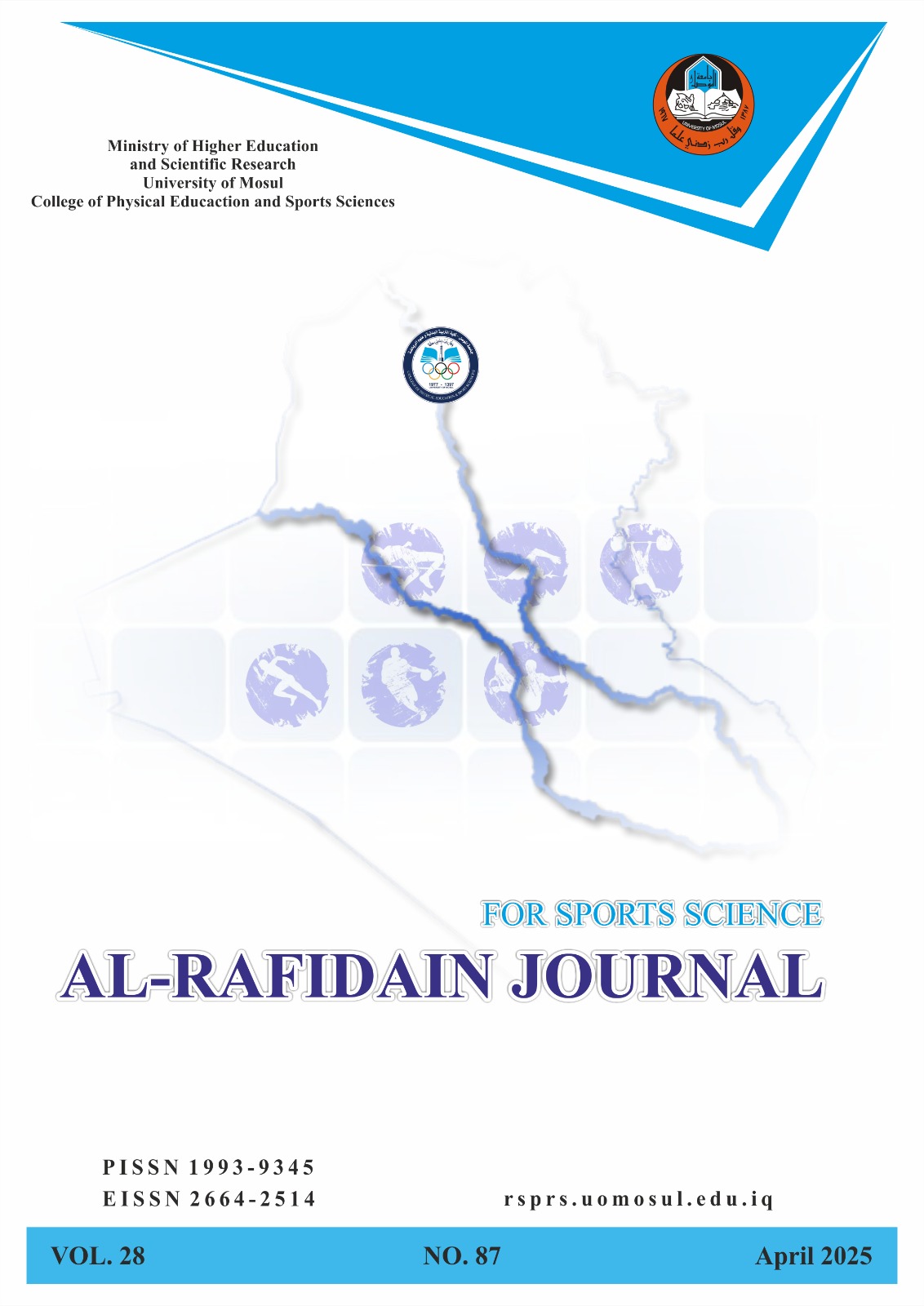Mechanical Analysis of the Moment of Inertia of the Throwing Arm and Its Relationship to the Accuracy of Long-Range Jump Shots in Handball
Abstract
The contributions of basic and derived sciences in their various applied and theoretical forms, due to the continuous efforts made by scientists, have played a significant role in developing sports achievements, whether individual or team sports. Today, team sports have become a large field for attracting players, coaches, researchers, and followers, including the sport of handball. This game is considered one of the popular sports that have gained significant acceptance and widespread popularity worldwide, relying on mastering basic skills as a fundamental basis for progressing in level. The moment of inertia is one of the mechanical laws that can be utilized in the field, especially in learning movements through the relationship between body mass and the square of its center of gravity from the axis of rotation, and its impact on movements, particularly in performing shots in handball. This is because the body's resistance to circular motion does not depend only on its mass but also on its perpendicular distance from the axis of rotation. Body mass plays a fundamental role in the strength and speed of shooting by harnessing the body parts' mass to serve the main goal of the skill.
The study aims to identify the relationship between the values of the moment of inertia of the throwing arm with the accuracy of long-range shooting in handball. The researchers hypothesized that there is a statistically significant correlation between the values of the moment of inertia of the throwing arm and the accuracy of long-range shooting from jumping in handball.
The researchers used the descriptive method with the correlational approach due to its suitability and the nature of the research






